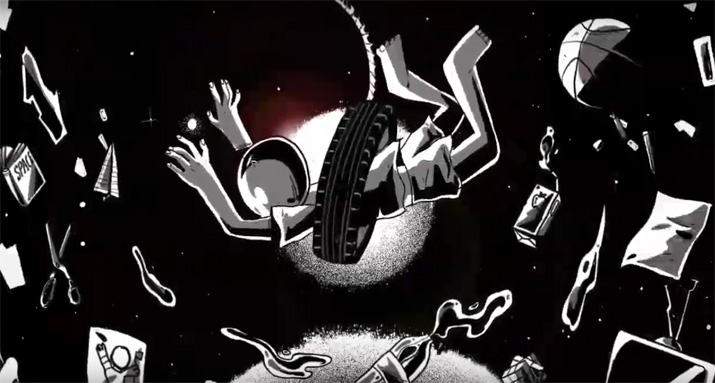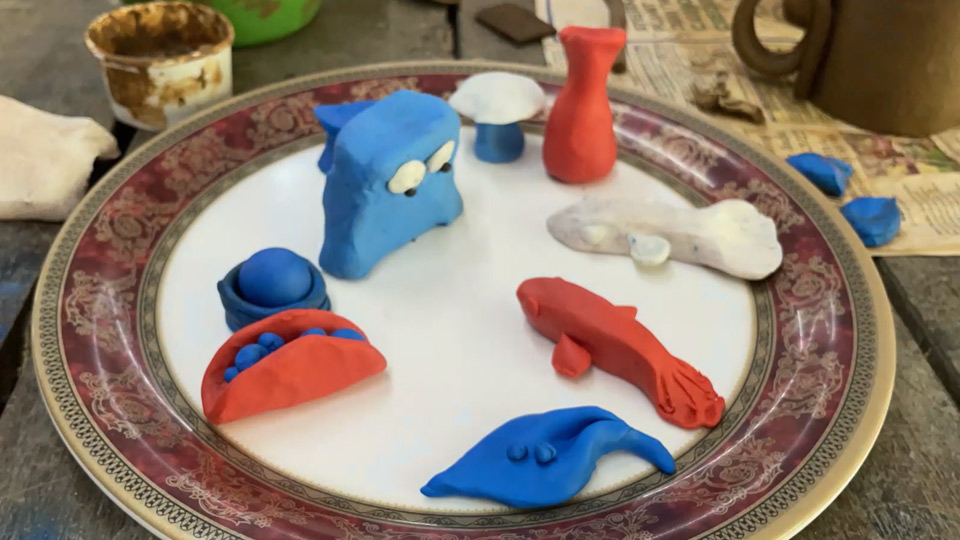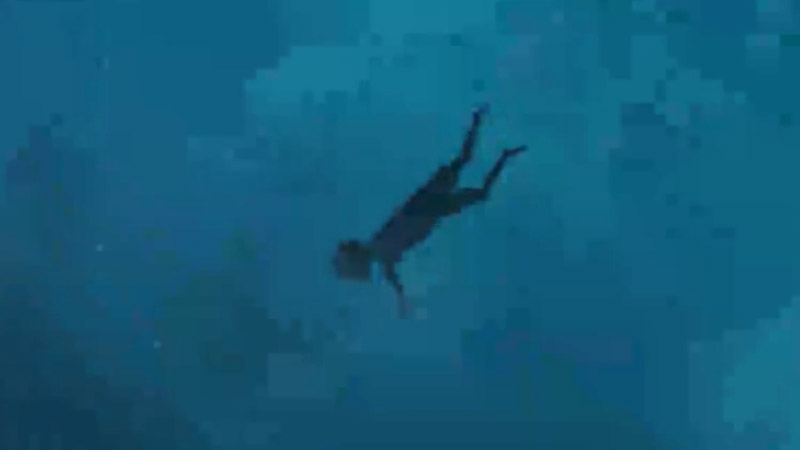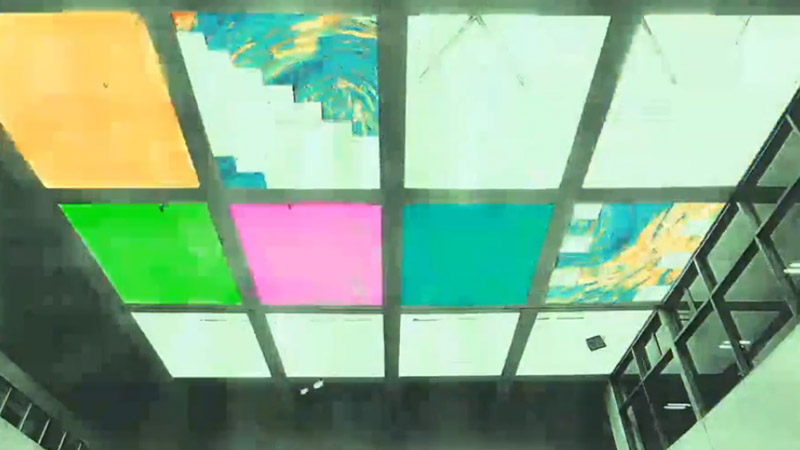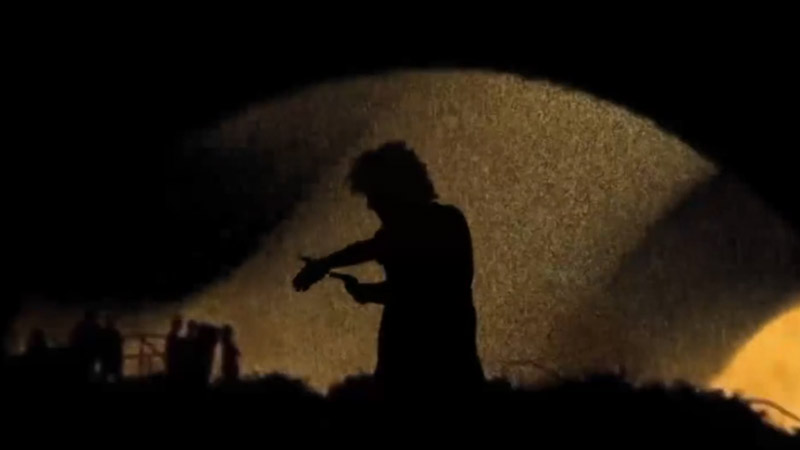“Animation is not the art of drawings that move but the art of movements that are drawn” - Norman McLaren

Vision
Animation is a dynamic, participatory and transdisciplinary medium of expression and communication. It finds its application across media and in diverse contexts, be it in short films, art installations, info graphics, education, apps and many more. The modes of production are many and the lines between live-action, animation and computer generated imagery have become increasingly blurred. At Srishti Manipal we consider as animation a broad range of practices in manipulated moving images. The animation program is a learning space for self-driven students who are keen in pursuing a line of inquiry and developing their practice in moving-image arts.
The MA program provides a framework to support research and the taking forward of one’s practice in animation to newer levels of fluency and sophistication. The curriculum provides strategic inputs in research methods, animation techniques, film language, storytelling, image-making processes and several opportunities for independent skill enhancement. Students can explore and develop personal styles, artistic visions and voices depending on their particular lines of enquiry. The focus is on achieving an ease and expertise in using the language of animation to pose relevant questions and address diverse topics of interest.
Course Structure
- Disciplinary and Interdisciplinary studios
- Workshops
- Seminars
- Lines of Inquiries (Field work, Case Studies, Investigations, individual or Group Projects, Transdisciplinary Research)
- Theory and Understanding
- Independent Study
- Open Elective
- Practice
- Exhibitions
- Culminating Performances of Understanding (Portfolio, Transdisciplinary research, Projects, Colloquium, Capstone/Dissertation)
- Knowledge Enhancement (ability or skills)
Learning Approach:
Learning is driven by published lines of inquiries that is enacted through studio based learning, workshops, theoretical reflections and field work. This approach cultivates a creative practice through engagement in diverse contexts, collaborative and participatory approaches leading to knowledge development.
Program learning approaches include:
- A theoretical and conceptual engagement with relevant topics and discourses in moving image practices.
- Using art and design research methods to explore and articulate one’s understanding and position
- Collaboration amongst peers, practitioners and the community.
- Independent learning with close guidance from mentors
- Conception, development and production of strategic moving image works relevant to one’s line of inquiry

Capabilities
- Constructing layers of meaning, feeling or thought in moving image
- Artistic sensibility – sensitivity, balance, measure, attention to detail etc.
- Creating and constructing fiction and fictional worlds
- Inventive thinking, risk taking - approaching the unknown
- Ability to understand and imbibe contextual perspectives and synthesise individual positions
- Asking relevant questions and using appropriate methods of research
- Ability to enquire, learn and represent a world around and/or within through moving image
- Articulating and shaping one’s practice in relation to diverse contemporary contexts
- Understanding audiences and constructing viewer experiences
- Abilty to structure thoughts in writing and present a sound understanding of a context
- Ability to experiment with form, technique and material

Opportunities
- You can work in the fields of interactive media, online media, television, education, contemporary art, advertizing, and other content for screen based platforms.
- You can continue your practice, develop your own work and become entrepreneurs.
- You can pursue your research and continue to do a PhD.
- You can work for established design firms and production houses.
- You can develop your own projects and apply for grants.
People
Enquiries

Disciplinary Intersections
The program is informed by the following learning disciplines:
Game Art, Design and Development
Visual Effects
Literature/Writing
Performance
Screen Studies
Student Work
FAQs
The post-graduate course in Animation is focused on developing a line of inquiry and producing research outputs through animation or a broad range of manipulated moving images. Students are encouraged to locate themselves within one or more of the published lines inquiry and take their moving image practice forward. Expertise, faculty and inputs are available to support different forms of image making techniques driven by the student’s particular interests and inquiry. They can also choose to work in contexts overlapping with other post-graduate courses at Srishti Manipal.
The program is designed to develop an individual voice and artistic practice in animation or manipulated moving image. Hence the need of each student, their background, and their intent during the course will greatly determine the roles they can acquire once they graduate. The emphasis is on developing a holistic understanding of the possibilities of these fields. The student can choose to develop skills in a stream of their choice and also combine skills from post-graduate courses from other disciplines offered across Srishti. Graduates with a post-graduate award in Animation will be able to function in different roles in the fields of research, media and entertainment, advertising, communication services, web design or in education and welfare sectors.
If you are interested in inventing and creating new worlds, if you like the art of communicating and especially to condense a lot of what you want to say in a short time, if you are playful, if you like drawing or building elements that can move and come to life, if you want to create fantastical moving image, if you want to have full control of the moving image world that you want to create, then this would be a good choice for you.
The course at Srishti Manipal gives high importance to context-based work. The context will pertain to social, cultural or environmental themes, and/or to the personal and the content of one’s own experience and art making practices in relation to published lines of inquiry. The program is designed to help students be better learners and pursue their own goals and areas of investigation. Situated in a multidisciplinary environment, there are good possibilities of comparing, acquiring and appropriating methods and practices from other disciplines into one’s own practice of digital media.



